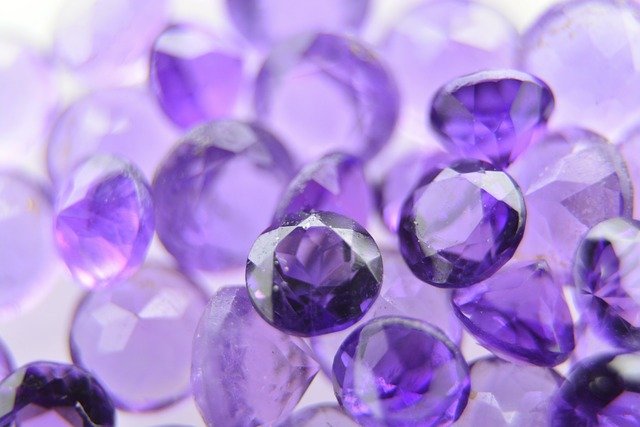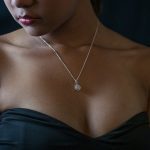
Gemstones and the Characteristics that Make them Valuable
Gemstones which may also be referred to as gems, jewels, or precious stones are any of the various pieces of mineral crystals that are highly prized for their beauty, rarity and durability. When they are cut and polished, they can be used in making jewelry and other forms of adornment. Also, some non-crystalline materials, rocks, or certain organic materials may also be classified as gemstones even though they are minerals.
Gemstones are typically hard. They are formed within the earth’s crust via great heat and pressure and then brought to the earth’s surface most times through seismic or volcanic activity. Precious stones each have a chemical composition that is unique to them and this affects how they absorb light.
Asides from jewelry, they can be used to make antiques such as luxury arts and cups. People who work with gems are called gem cutters or lapidaries.
Gems add color to your jewelry collection and also add a touch of perfection to your outfit. Common types include emerald, topaz, ruby, opal, amethyst, diamond, agate, jade, jasper, lapis lazuli, pearl, peridot, sapphire, etc. You can view the stones listed above at any reputable jeweler’s.
Table of Content
Properties of Gemstones
Color
The human eye can only see colors that are between 380-750 nanometers. Precious stones that seem to absorb these kinds of wavelengths will appear black to the eyes. Those ones that allow all forms of light to pass through will appear colorless. Finally, the ones that only absorbs some wavelengths while others pass through always appear captivating as they are colorful.
Although gems are available in a variety of shades as well as colors, they have little beauty when they are in a rough state. Until they are cut and polished, revealing their true luster and color, they may look like ordinary pebbles. Generally, the preferred ones are those with clear, intense, medium tone and saturated primary colors.
Clarity
Because gems are formed below the earth’s surface, they sometimes show traces of having other minerals. This is called inclusions. Inclusions typically appear as small spots of imperfections within the gem. Inclusions can be used to determine the authenticity of a stone whether it be natural or it is synthetic. Inclusions can also give geological information about the origin and environment where a gemstone was formed.
Precious stones like emerald are most likely to contain inclusions while some like topaz has few inclusions if any.
Species and Varieties
Most types of precious stones belong to species or groups that share some common type of chemical composition as well as crystal structure. Different species can have one or more varieties and will have special features and coloring. However, it is not all gemstones that belong to groups. A lot have very unique features and varieties and do not share properties with any other type. Examples of these are topaz, spinel, peridot and zircon.
Cut
A gemstone’s natural beauty may be enhanced based on the way that it is cut. There are two types of cuts. They are either faceted or cabochon. Cabochon cuts have a smooth rounded top and a flat base. They are typically used for translucent and opaque gemstones that are softer. Before faceting was developed, cabochon was the only way precious stones were cut.
Faceting is a way of cutting gemstones by allowing them to reflect more light so as to improve their beauty. Faceted cuts typically have lots of flat cut surfaces called facets. Their overall shape may then be oval, round, square, etc. Only hard gemstones can successfully undergo faceting. You can learn more about cutting in this guide.
Hardness
The hardness of a precious stone is what determines how durable it will be. It shows how resistant it will be to scratching as well as abrasions. It also indicates how the gem’s surface will respond when it comes in contact with a sharp point.
The Mohs Scale is what is used to rate how hard a gemstone is. This scale ranges from 1 which is the softest to 10 which is the hardest. On the two ends of the scale are talc and diamond respectively with talc being the softest and diamond being the hardest.
Carat
A gemstone’s weight is measured in carat. It is important to note that some precious stones are smaller but denser. Also, different gems that look similar in size may differ in value.
Natural vs Synthetic Gemstones
While natural gemstones are discovered in nature, synthetic ones are made in a laboratory although they might look identical. If what you desire is a natural gem, then you will need the expertise of a jeweler as it can be difficult to differentiate the two types. You can read further on this here https://prestigegemsstore.com/natural-vs-synthetic-gemstones.
Conclusion
Gemstones come with different characteristics that make them precious and valuable. Knowing this will keep you informed when shopping for them. Remember that not all are natural. Some are created in the laboratory so if you are looking to get a natural gemstone, you can secure the help of an experienced gem cutter.


